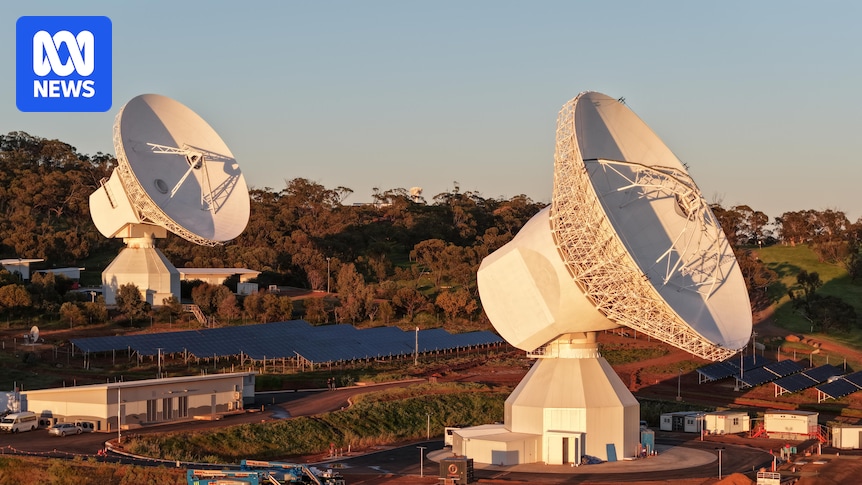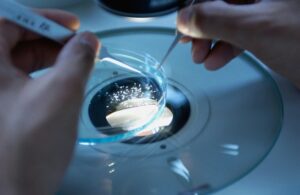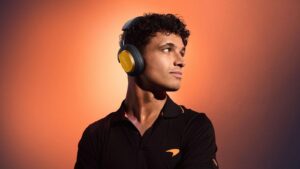
A new deep space antenna has been inaugurated in the quaint monastic town of New Norcia, Western Australia, aiming to unlock the mysteries of the universe. The European Space Agency (ESA) officially opened its fourth global deep space antenna on Saturday, located approximately 120 kilometers north of Perth. This new addition, named New Norcia 3 (NNO-3), is the second antenna at the site, which is unique in Australia for being centered around a monastery.
The 40-meter-tall, 700-tonne infrastructure was constructed to meet the growing data demands from spacecraft exploring our solar system. “[There are] billions of stars and galaxies we are observing, and that creates huge amounts of data. That’s why we need a large antenna to get the weak signal from these telescopes from far away,” stated ESA director general Josef Aschbacher.
Advanced Technology for Space Exploration
Dr. Aschbacher highlighted that the antenna will support missions to Mars, Jupiter, the Sun, and asteroids, as well as other unknown regions of the universe. “All the stars that we see, the sun and all the planets, that makes only 5 percent of the universe,” he explained. “Ninety-five percent we don’t see, we don’t measure, and that’s why we have designed this one mission called Euclid, which looks into dark energy and dark matter.”
Exploring celestial bodies hundreds of millions of kilometers away necessitates cutting-edge technology. CSIRO’s Suzy Jackson, who manages ESA’s New Norcia station, noted that the new antenna could theoretically receive a phone call from Mars. “Signals coming from a spacecraft in deep space, by the time they get to us, they’re incredibly faint,” she said. “We use enormous hardware, a very big dish to catch as much of the signal as we possibly can, and then we have cryogenic amplifiers that are cooled to minus 260 degrees Celsius, so that they don’t contribute noise to the signal.”
Mapping the Universe
According to ESA’s head of ground station engineering, Mehran Sarkarati, the data received by NNO-3 will include high-resolution images, maps of the universe, and scientific data from observations of planets such as Venus and Mars. “We also send commands to our spacecraft to tell the spacecraft what to do,” Dr. Sarkarati said. “Which scientific measurements to take, what area of this universe to map, all that is communicated to our spacecraft using these antennas that we have.”
The antenna is expected to assist other space agencies worldwide who may need to communicate with their spacecraft. “We cooperate with NASA, we do the same with India, Japan, and a few others who have asked us for support of these services from these antennas,” Dr. Sarkarati added. “So it’s also a tool for international cooperation, which we also foster a lot within the European Space Agency.”
Local Impact and Future Prospects
The Shire of Victoria Plains president, Pauline Bantock, expressed the community’s excitement about the new antenna. “We’d love to be able to see something like an education centre and further tourism opportunities,” she said. The state government has announced a $350,000 investment to enhance visitor facilities at the New Norcia station, including a viewing pod, signage, and parking.
Australian Space Agency astronaut Katherine Bennell-Pegg is enthusiastic about the potential this antenna brings to the future of space exploration. “One of my favorite missions that’s going to be connected through this centre here in Western Australia is called JUICE. It’s going to explore the icy moons of Jupiter, the most prominent candidates for potential life in our solar system,” she said. “Another mission is going out to explore asteroids and to understand how they could impact Earth and how to make sure we can deflect them.”
Ms. Bennell-Pegg emphasized the antenna’s role in advancing space technology. “Should I be lucky enough to go to the moon? Well, you never know, I might be able to have some great video calls with the data pipes through Australia, with the science data pipes from Australia, speaking to Australian operators,” she concluded. “It’s very exciting, whatever the future may be.”





